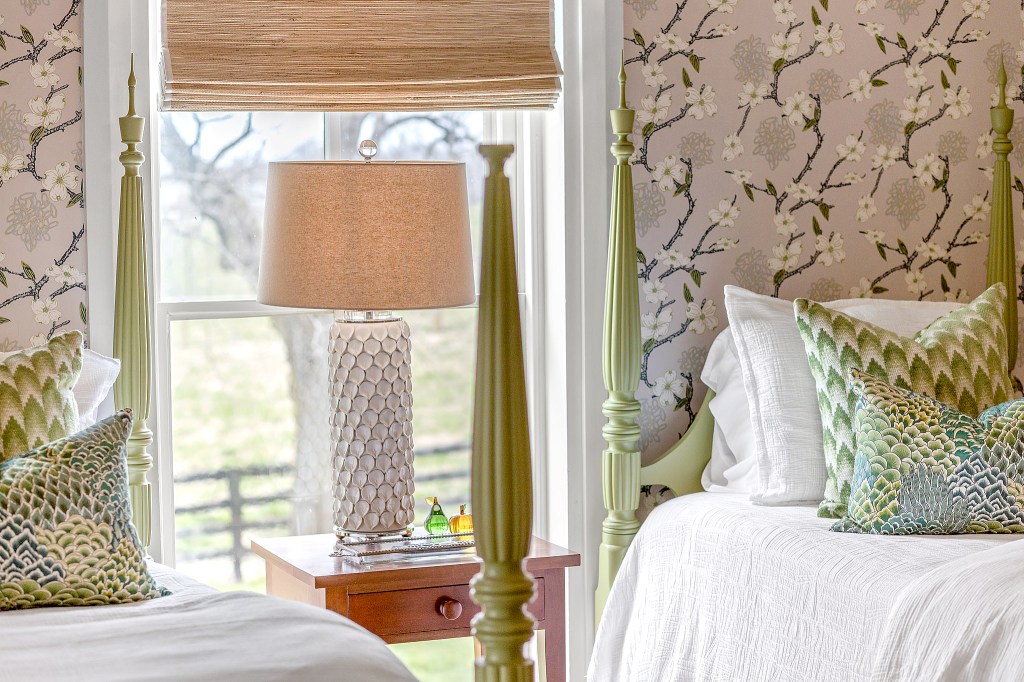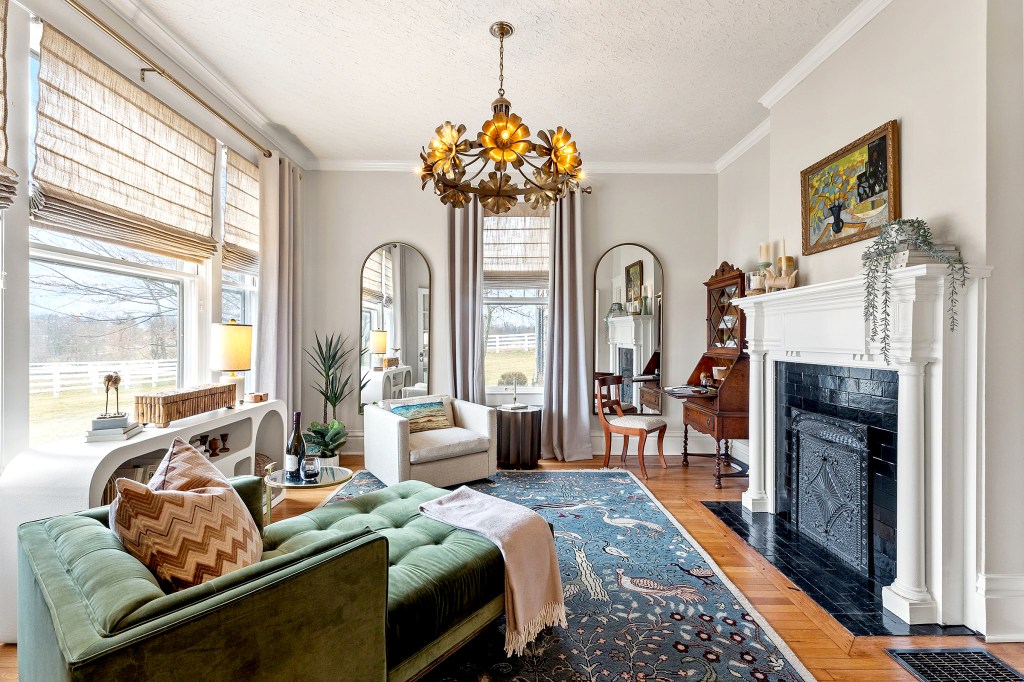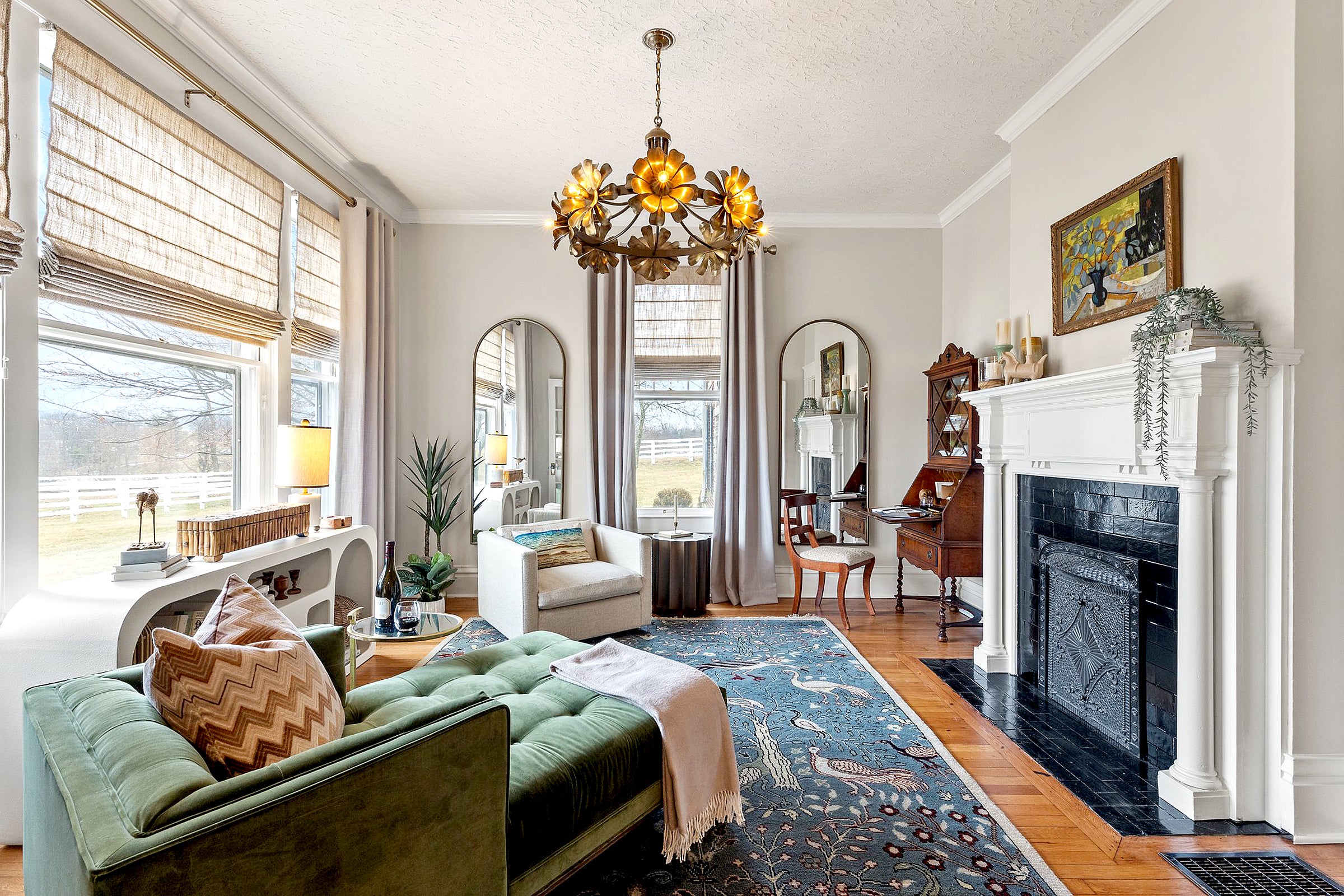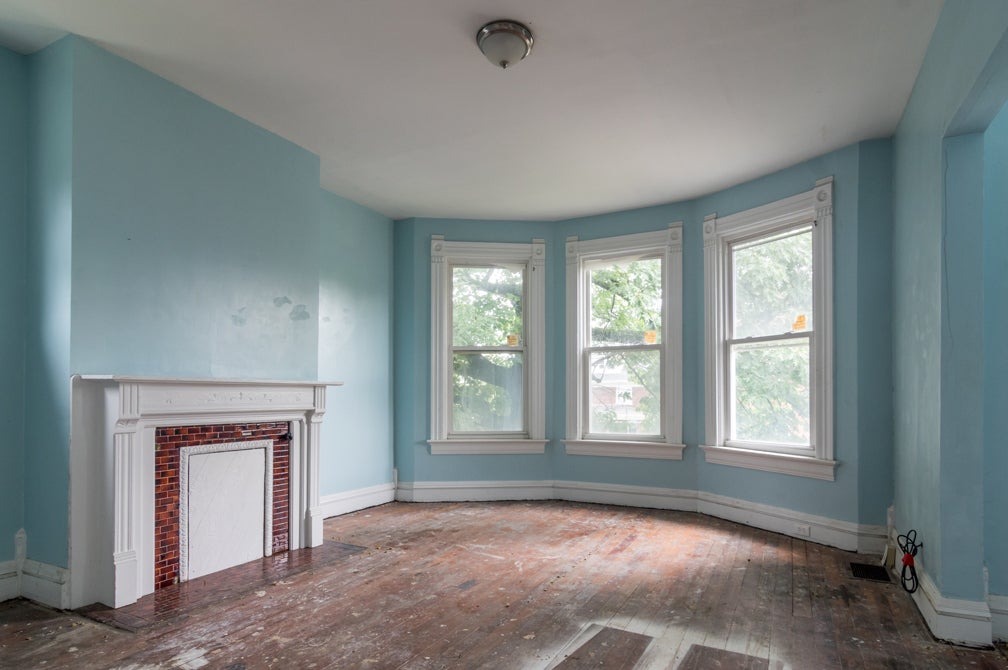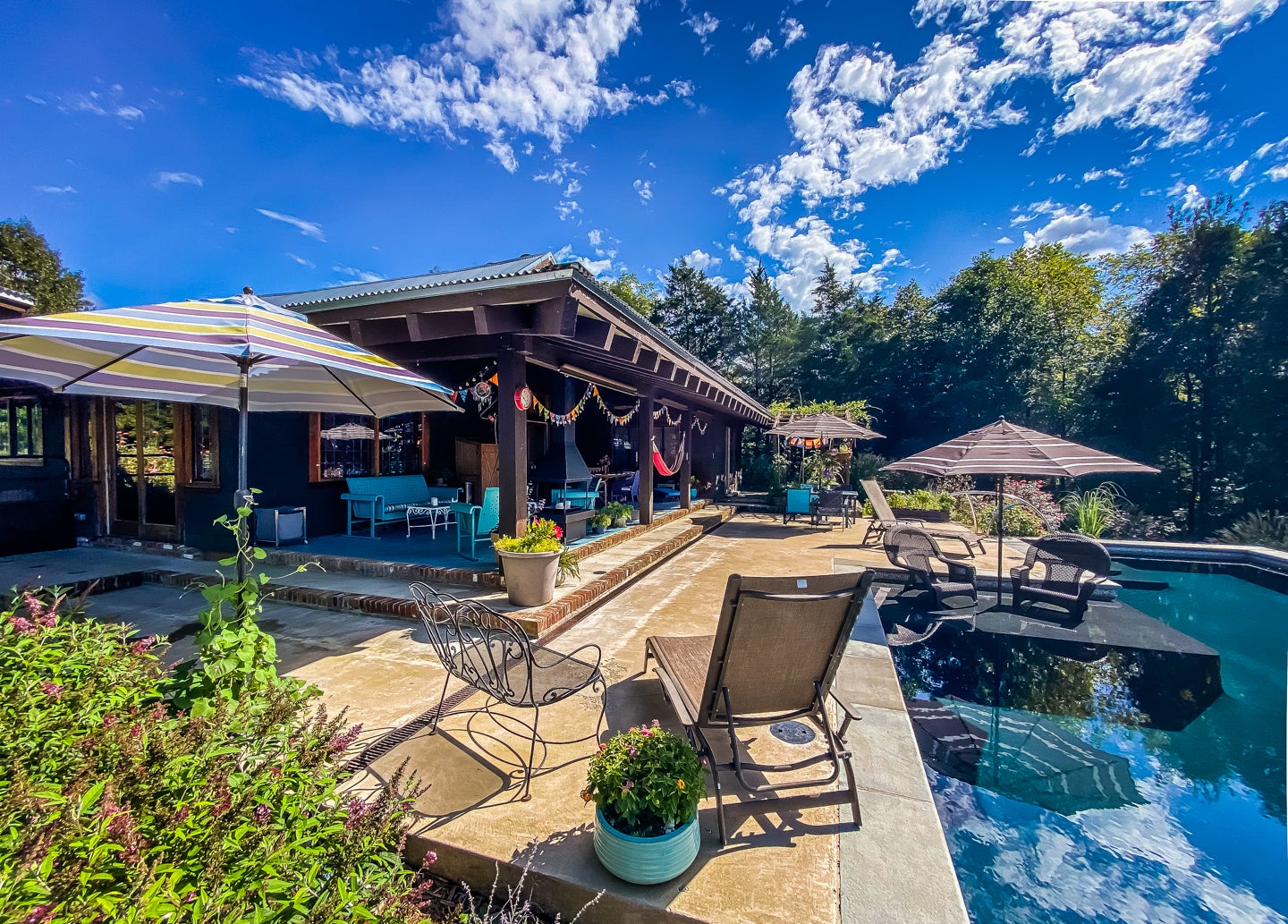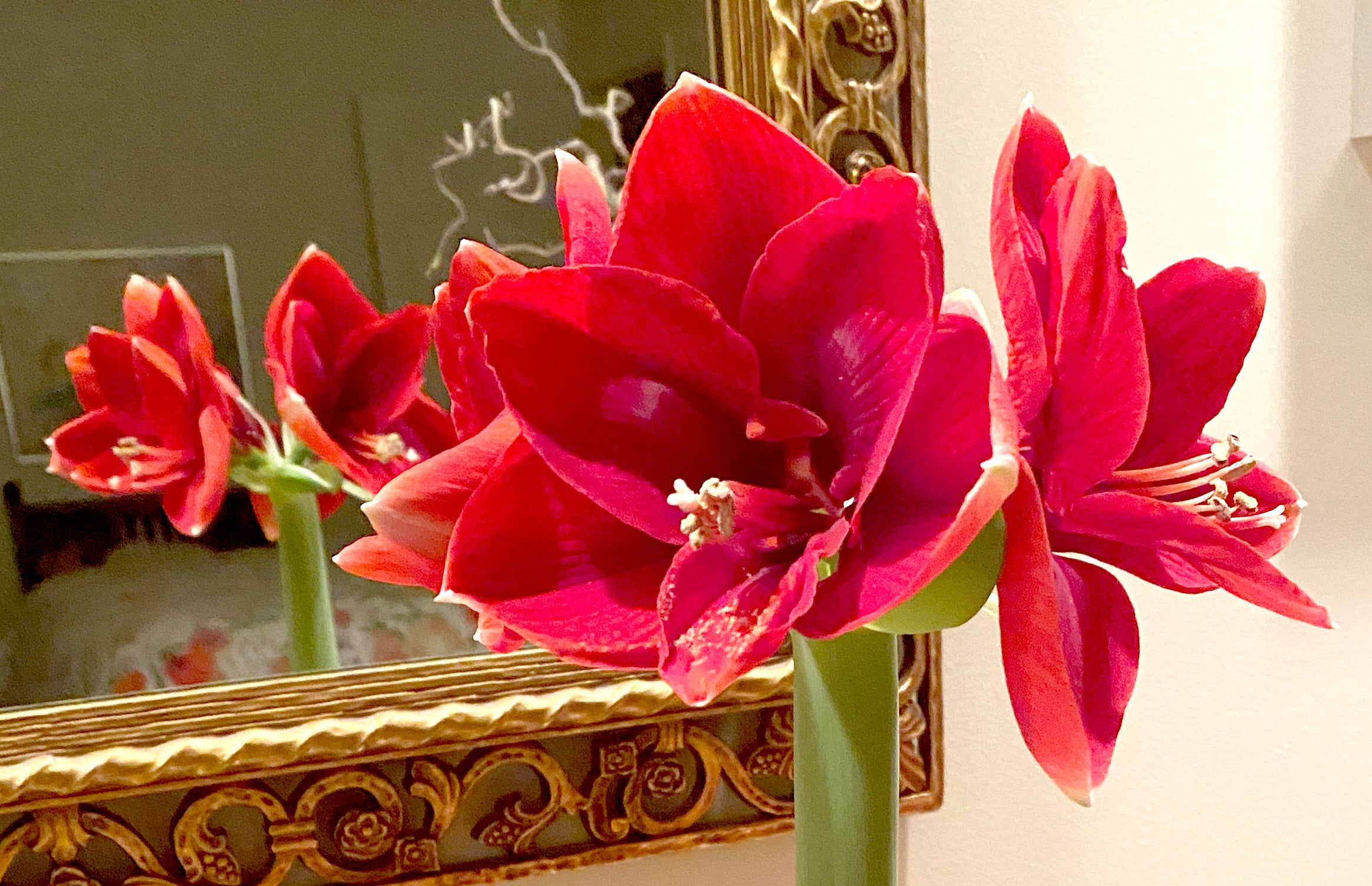The start of a home improvement project can be exciting, but also a bit intimidating. The sheer number of decisions to take a project from start to finish can be overwhelming. It’s difficult to know how to start. If you are a novice at incorporating design into your home, it may be difficult to communicate what you really want out of the project. Hiring a design professional is as much of an investment in a project as all the remaining elements of a project. The foundation of preparedness is honesty. Stay true to yourself, your personal aesthetic and to your budget.
Knowing all interior designers share similar experiences with clients, I asked this question to one of my colleagues, local interior designer Julie Williams of JPW Creative. I asked what she likes to see when beginning consultations with new clients.
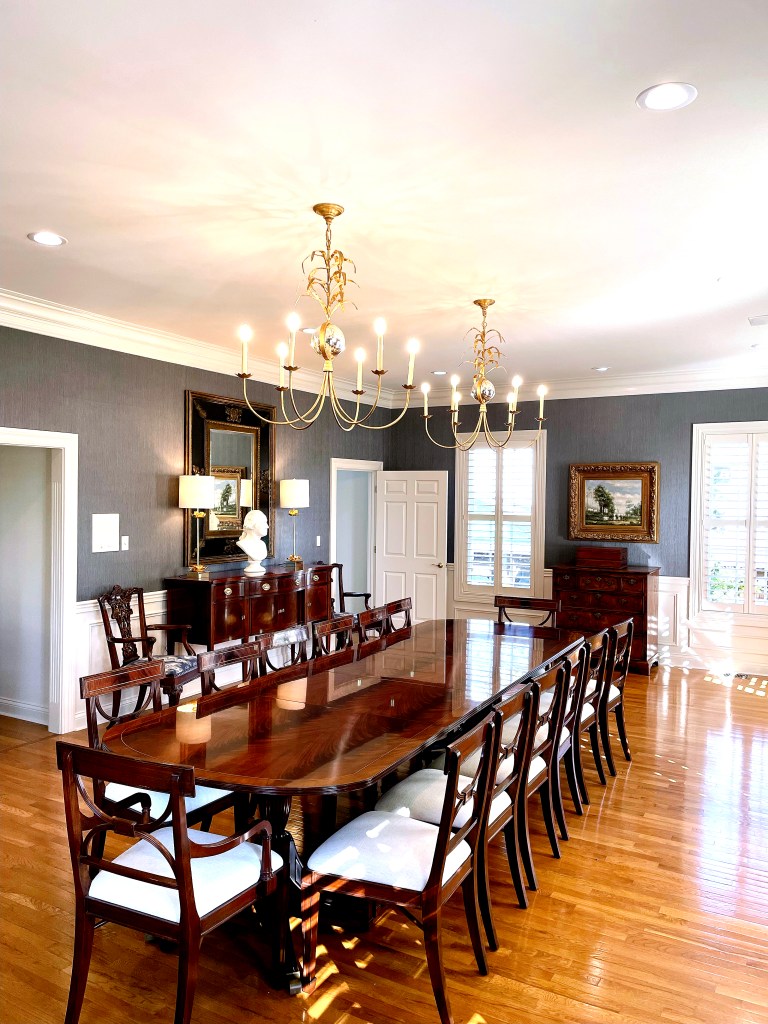
Julie reiterated similar points by saying, “… designers are often put in the position to not only design, but also personal investigators, interpreters, counselors, organizers and facilitators. Our work should ultimately speak with your voice, not ours. So, we begin by understanding you; what you like, what makes you happy, what makes you comfortable, what you want and what you can afford. The answers to these questions direct us in our design compositions and resolutions. We have to figure out how to facilitate your goals in a way that you like, makes you comfortable, makes you happy and does not cause you financial distress.”
My clients hear the same message. Learn to communicate expectations, budgets and design preferences by following five steps. Incorporating each step will help you share your goals and expectations, so the result makes you happy. It allows the design professional to understand you, learn your personality and the personality you want for your home. Your designer can use what you communicate to assess the level of service needed to ensure success. As an added benefit, these same general steps can be used for the procurement of any trade or construction professional.
- Be open minded. Hire an interior designer for their expertise. Remember, their years of experience may provide insight you may not have considered. Trust your designer. Trust they will hear what you want and make it happen. Listen and be open to new ideas. In the end, your designer understands that you are the one who will be living in your home and that you get the last word.
- Do your homework. Today’s home design world moves at a fast pace. Ideas flow through on internet feeds and reels by the thousands per day. Technology allows us to capture and collect pieces and parts of projects that might appeal to you. Don’t collect too many ideas on high cost/big investment elements that lean toward trendy, such as out of the norm paint color on cabinetry or tile that misses on function.
- Determine a budget. Be honest about the amount of money you can spend on a project. (Don’t forget to include design fees.) This helps provide a review of expectations and where costs need to be cut prior to the start of a project. Priorities may need to be established. What will be more important in the long run? A pricey feature range, a super-size refrigerator or a pretty feature faucet?
- Be specific. Make a list of must haves and a list of wishes. What is most important is how the new space functions. Does the kitchen serve as a homework station? Are there two cooks using the kitchen space? Do you need wide clearances for entertaining a lot of people? And, finally, is the aesthetic consistent with the style of the home?
- Enjoy the process. Popular home improvement reality shows are not reality. The level of involvement you have in a project may surprise you. It doesn’t happen quickly, and projects are rarely completed without a few hiccups. There are too many vendors, cabinet suppliers and construction crews working together to run in perfect order. Trust your interior designer with management and follow through. Being prepared will help you move through the process.
